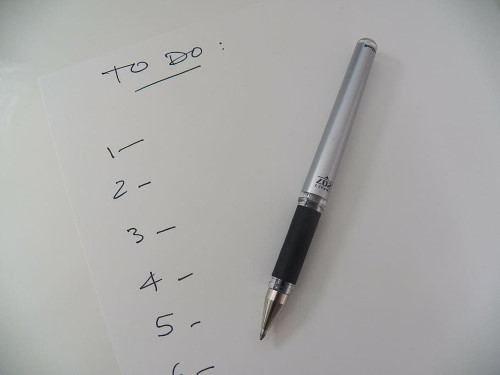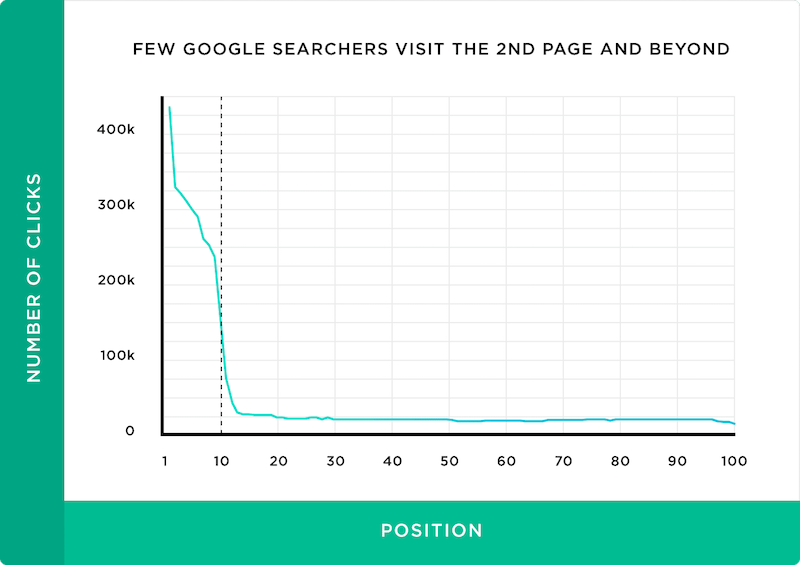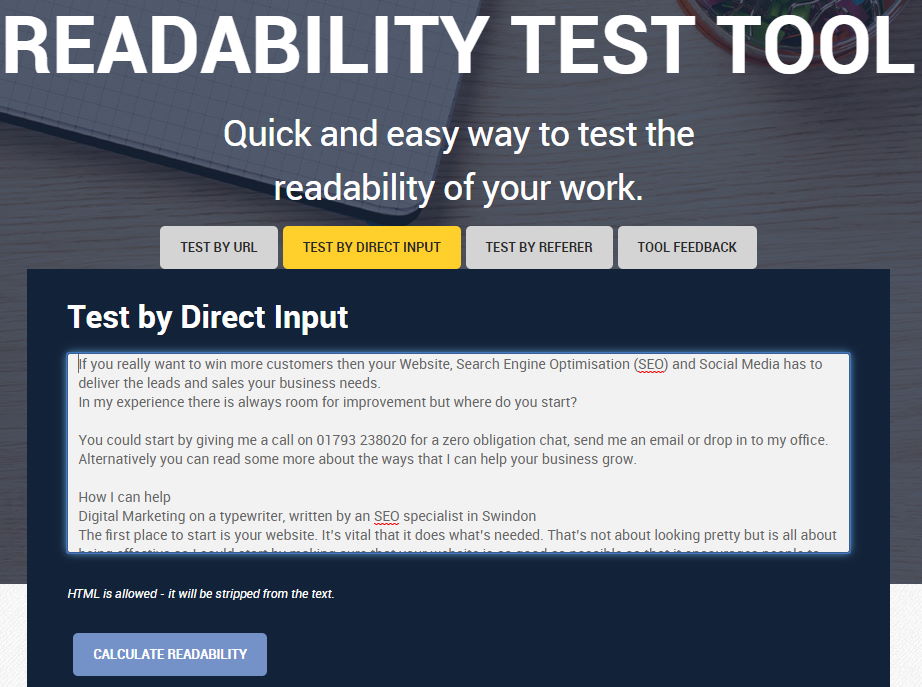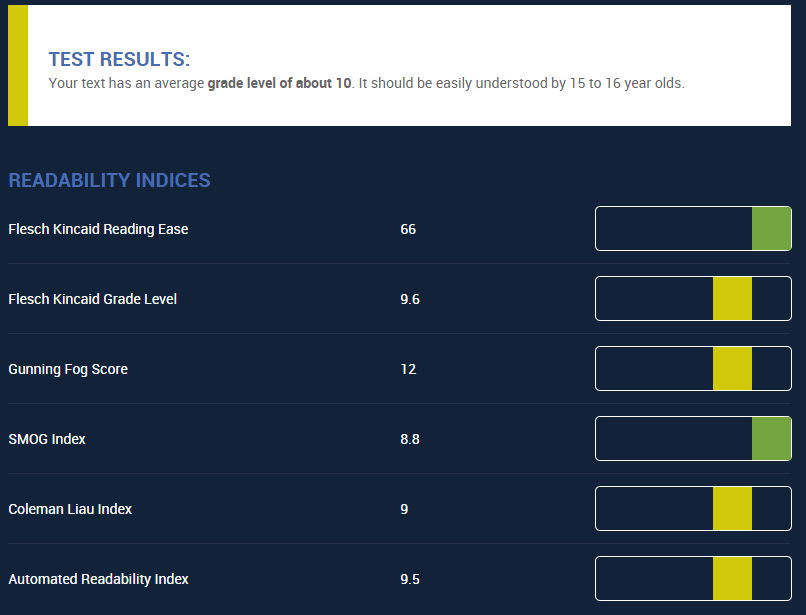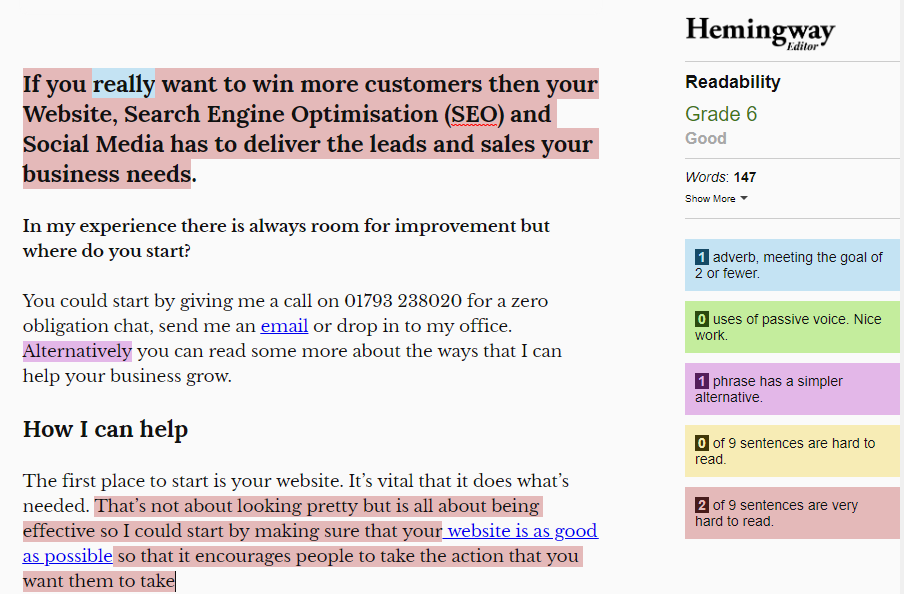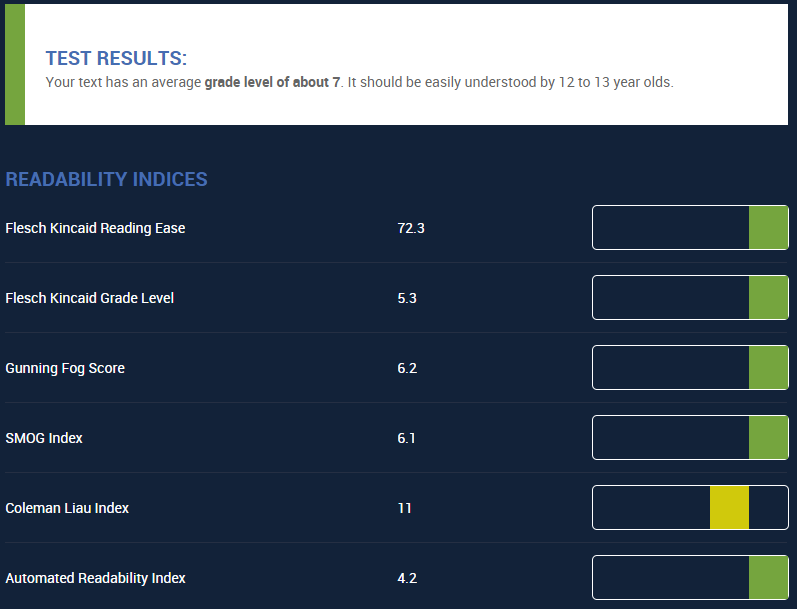
I am frequently asked whether Twitter can help with Search Engine Optimisation (SEO) and my answer is usually a pretty vague “it depends”.
Your Twitter account DOES NOT have an impact on your ranking (the position your website comes up in the Google Search Engine Results Pages – SERPS) but it DOES have an impact on your visibility. Although this sounds contradictory, I hope the following adds a little clarity
Try this – carry out a Google search for your brand, for your key competitor brands as well, and see what shows up. For this example we’ll assume that my brand is my name simply because @AndyPoulton is my Twitter handle and this is what Google shows – my 3 most recent posts.

Google’s Twitter Carousel
Back in 2015 Google did a deal with Twitter which gave Google access to the whole Twitter news-feed. The result is that where an account is active, and regularly posts content, Google will find this and display it as part of their search results.
By frequently sharing relevant, interesting content, Google will be keeping an eye on your Twitter account. Share little and Google will quickly lose interest.
Influencing Google’s Twitter Carousel
Grab the attention of new audiences by regularly posting (I post at least 4 times a day although I do use some tools and automation to manage this and make it a less time consuming task). And this is NEW posts, not replies or re-Tweets. Have a look at my “6 Steps to Social Media Success” to learn how I manage to do this,
Find interesting, relevant and timely topics to discuss, try to make them engaging to encourage people to “Like”, “Comment” and Retweet. Where possible you should reference your sources – they might Like and Retweet your content too – making sure that it reaches a wider audience. Use relevant #HashTags – TrendsMap shows you #Tags from around the world.
Promoting or over sharing
Twitter is like a waterfall. If a boat goes over a waterfall whilst you are looking, you get to see it. However, if the boat went over before you arrived, you’ll only find out about it if you go hunting for information about it (searching), or if you overhear someone talking about it (retweet) or if someone has filmed it. This means that the more times you share your news the more people will actually see it.
So, if you have created some great content, don’t share it just the once, share and share again. This is where tools such as Hootsuite and Buffer make things easier.
Make your Twitter Bio interesting
When someone is searching, it’s probable that your Twitter Bio will come up on Page one of Google. For maximum engagement make sure that your profile is descriptive, accurate, interesting, relevant and engaging.

In Summary
Google uses more than 200 different “signals” when reviewing your website and where it deserves to appear in their search results. We’ll NEVER know what they all are so we can only work with those that Google tell us about and those which have been discovered through empirical research.
Your job, as a website owner, Search Engine Optimiser or Digital Marketing Professional is to understand everything you can and leverage every single opportunity that comes your way.
Remember, just like the two hunters faced with a hungry bear*, you don’t have to be perfect, just better than your competitions
If you want any help with your digital marketing please don’t hesitate to get in touch for an informal chat by email (andy@enterprise-oms.co.uk) by phone (01793 238020) or ask me on Social Media – Linkedin or Twitter and I’ll be only too happy to talk.Thanks for reading and I hope you stay well
*Two hunters were in the woods when they saw an angry bear rushing towards them. One of the hunters said that the bear was running faster than either of them could run.
The other hunter said that it wasn’t a problem, he only had to run faster than his mate to get away




